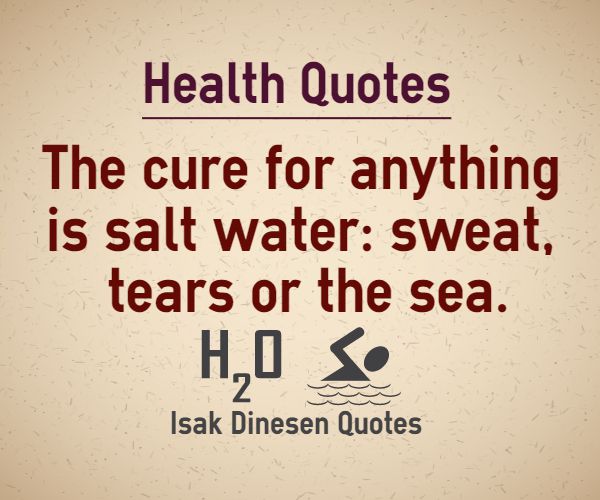IMPORTANCE OF TEARS | WE MUST CRY
Tears serve many purposes. Your eyes produce them all the time. In fact, you make 15 to 30 gallons of tears each year. Tears are essential to help you see clearly and maintain the health of your eyes. They can also help communicate your emotions. Your body makes three types of tears.

Everyone starts life with that first cry. As you grow up, you still produce about five to ten ounces of tears a day, even if you never or rarely cry. Here are some other tidbits of information about your eyes and why they produce tears.
| Tears have layers.
The film of tears on the eye is a complex system, consisting of three layers—oil, water and mucus. The water layer is the thickest and contains electrolytes such as sodium and potassium, proteins mostly enzymes, glucose and other substances. Various fats in the outer oil layer slow evaporation. But the specific composition of tears may change day to day and depend on your general health and other conditions.
| Where tears go?
Tears are produced mostly by the lacrimal glands located just above the outer corner of each eye; blinking spreads the tears across the eye surface. Tears drain into the tiny openings in the eyelids, called puncta (one on the inside corner of each lid), and then through ducts to the nasal cavity, where you either swallow them or they become part of nasal fluid—which is why you also get stuffy when you cry. If production of tears outpaces drainage, the excess will spill from the lower eyelids, as when you cry.
|We need tears.
Besides lubricating the eye and flushing away debris, tears serve the same purpose in the eye that blood does elsewhere in the body, delivering oxygen and nutrients and removing waste products. Tears also improve the image that forms on the retina by smoothing any irregularities on the surface of the eyeball—that’s why people with dry eye may have blurry vision. Tears are a defense mechanism as well: their antibodies, enzymes and other immune components help protect eyes against microorganisms.
|Types of tears
There are three types of tears. Continuous (or basal) tears are produced for basic eye function, such as lubrication. Reflex (or irritant) tears occur when the eye is exposed to excessive light, cold, wind, a foreign body or irritating gas (as from cut onions). Psychogenic tears are shed for emotional reasons.
|Why we cry?
Crying is a way to communicate needs and elicit attention from others, at least in early life, and may be a means of releasing emotional tension. According to research from the 1980s, psychogenic tears differ in composition from other tears, and it’s theorized that crying may be a way to rid the body of stress-related chemicals. Boys and girls cry in equal frequency; women reportedly cry more than men. But how people express emotions, in general, depends largely on cultural and psychological factors.
|Animals shed tears.
All vertebrates (animals with backbones) that spend time on land have continuous tears and perhaps reflex tears. Humans are the only animals that seem to cry for emotional reasons, though there are reports of elephants shedding tears in grief.
|The onion issue
When cut, onions release an enzyme that causes the formation of an airborne chemical that irritates the eyes. New Zealand researchers have produced a tearless onion by inhibiting the gene that makes this enzyme, though it’s not commercially available.
|Are your eyes dry?
If tear production declines or tears evaporate too quickly, the result is dry eye. Inflammation may play a role. Besides causing burning or grittiness, dry eye syndrome can cause blurry vision and potentially damage the eye. Paradoxically, another symptom may be excessive tearing. Women, especially at menopause, and older people are at higher risk. Other contributors: environmental conditions (low humidity, wind, smoke, dust), certain medications (such as diuretics, antidepressants and antihistamines), some diseases (including Parkinson’s and diabetes), smoking and LASIK surgery. If artificial tears don’t help enough, see your doctor.
It was Sir Alexander Fleming who claim that tears can destroy bacteria entering into the eyes. We must cry for our health's sake. Tears may produce also to the effect of emotions merely related to situation experience.

Sources:
Berkeley Wellness, University of California